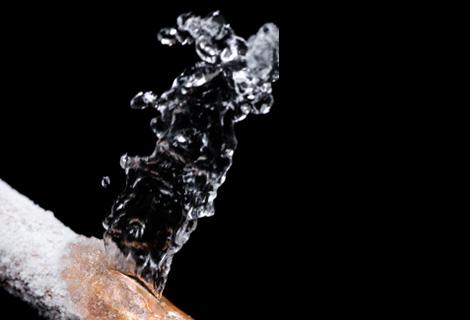Just how do you feel about Flushing Food Down the Toilet??

Introduction
Lots of people are typically faced with the predicament of what to do with food waste, especially when it comes to leftovers or scraps. One usual concern that develops is whether it's all right to flush food down the bathroom. In this article, we'll delve into the reasons that people could consider purging food, the repercussions of doing so, and different methods for appropriate disposal.
Reasons people could take into consideration purging food
Lack of understanding
Some individuals may not understand the possible injury caused by flushing food down the toilet. They might mistakenly believe that it's a safe method.
Comfort
Purging food down the commode may seem like a fast and simple option to getting rid of undesirable scraps, specifically when there's no neighboring garbage can offered.
Idleness
In some cases, individuals might simply pick to flush food out of sheer laziness, without thinking about the effects of their activities.
Consequences of flushing food down the bathroom
Ecological influence
Food waste that winds up in rivers can contribute to air pollution and harm aquatic communities. In addition, the water used to purge food can strain water sources.
Pipes issues
Flushing food can result in stopped up pipes and drains, causing costly plumbing repairs and troubles.
Sorts of food that need to not be purged
Coarse foods
Foods with fibrous textures such as celery or corn husks can obtain tangled in pipes and trigger blockages.
Starchy foods
Starchy foods like pasta and rice can soak up water and swell, causing blockages in pipes.
Oils and fats
Greasy foods like bacon or cooking oils need to never be flushed down the toilet as they can solidify and trigger blockages.
Appropriate disposal techniques for food waste
Using a garbage disposal
For homes furnished with garbage disposals, food scraps can be ground up and purged through the pipes system. Nevertheless, not all foods appropriate for disposal in this way.
Recycling
Certain food packaging products can be recycled, lowering waste and reducing environmental effect.
Composting
Composting is an environment-friendly way to dispose of food waste. Organic materials can be composted and utilized to improve dirt for gardening.
The relevance of correct waste monitoring
Minimizing ecological injury
Correct waste administration techniques, such as composting and recycling, aid decrease air pollution and preserve natural resources for future generations.
Shielding pipes systems
By avoiding the technique of flushing food down the toilet, property owners can stop costly plumbing repair work and maintain the stability of their pipes systems.
Final thought
To conclude, while it might be appealing to flush food down the bathroom for benefit, it's important to comprehend the prospective repercussions of this activity. By taking on appropriate waste administration methods and getting rid of food waste sensibly, people can add to healthier pipes systems and a cleaner atmosphere for all.
THINK TWICE BEFORE FLUSHING FOOD DOWN YOUR TOILET IN FALLBROOK CA
Let’s be honest, we’re really supposed to be tossing rotten or leftover food in the compost bin or trash can. But many people like to place scraps of food down the drain of, say, their kitchen sink. That’s why the garbage disposal was invented: so we can continue to place certain foods down the drain without clogging our drain in the process. Smart.
But not all of us have the luxury of having a garbage disposal installed. So, you might continue to shove food down your sink drain anyway – or worse: you might flush them down your toilet! If you’re guilty of doing the latter, you’re going to want to stop, and here’s why:
Toilet Drains Aren’t Designed to Handle Food!
There’s your answer: food just doesn’t belong in your toilet. It may seem like your toilet drain is wider than the drains of your sinks, but truth be told, that isn’t actually the case. The narrower pipes of your toilet leave your plumbing at risk for clogging if you do happen to flush your food. In addition, food doesn’t break down as quickly that toilet paper and human waste do. In turn, this leaves your toilet at risk for a nasty clog.
Although a flush of a tiny pinch of food every now and then isn’t going to completely damage your toilet, there are certain foods that should absolutely not be flushed in your toilet at all. These include starchy foods like mashed potatoes, grains, hard pieces of food that are slow to break down, and fats and oils.
The latter categories of food are particularly problematic as they may harden, expand as they absorb water, break down slowly in your system, or generally create the perfect obstruction with their gelatinous composition. These are all things you don’t want in your plumbing system!
Experiencing a Toilet Clog?
Nobody’s perfect, and we all make mistakes. Sometimes one of the mistakes people make is flushing food down their toilet and later realizing that it wasn’t the best thing to do once they see that their toilet is now clogged. Uh-oh!

I came across that piece on What Can Happen If You Flush Food Down the Toilet? when doing a search on the web. Sharing is good. You won't know, you could be doing someone a favor. We take joy in your readership.
Click Here

